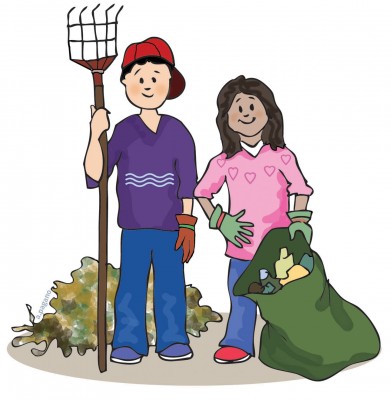Peet striving for keeping campus clean

The trash around campus has increased by a concerning amount, including little pieces of plastic, chip bags, wrappers, bottles, cans, etc.
Bill Boevers, the principal of Peet Junior High, said keeping a clean campus “makes the grounds look aesthetically better. When we had outdoor lunch, kids would leave food and stuff outside, and we developed a bee problem, so we couldn’t go outside for lunch. Inside, having trash and food in the hallways can attract ants, and we’d have to call an exterminator after school hours. I take a lot of pride in our school, so I want it to look nice.”
Regarding what people can do to help stop pollution, freshman Mackenzie Dawson said, “If people were to pay attention to how they are treating the world and actually follow recycling guidelines, it would make this world so much cleaner.”
Trash can lead to many troubles. In addition to the downside of trash inside the school, the EPA notes that rubbish outside the school will be blown away, which can be a distraction on the road and cause further harm to the environment. This includes choking hazards to animals, and according to the EPA, the garbage can get into the waters. This is highly dangerous to wildlife and can be dangerous for people, too.
Regarding the impacts of pollution and what can be done to help stop it, Brad Baker, a physical science teacher at Peet Junior High, said, “Teach people to care about the environment. It doesn’t have to be something earth-shattering. It’s as simple as picking up the trash you see. Like, if you see a pop bottle on the ground, pick the thing up and throw it away. We’re basically destroying our own planet, with the levels of stuff we’re burning, causing air pollution. The number of oil spills that killed countless creatures. So, lots is the short answer.”
The EPA reinforces Baker’s suggestions on its website. “Of all trash, plastic trash has the greatest potential to harm the environment, wildlife and humans. It can be found floating at the surface, suspended in the water column or on the bottom of almost all water bodies. It is transported by rivers to the ocean, where it moves with the currents, and is often eaten by birds and fish, concentrating toxic chemicals in their tissues, and filling their stomachs, causing them to starve. Plastic aquatic debris is much more than a mere aesthetic problem.”









You must be logged in to post a comment Login